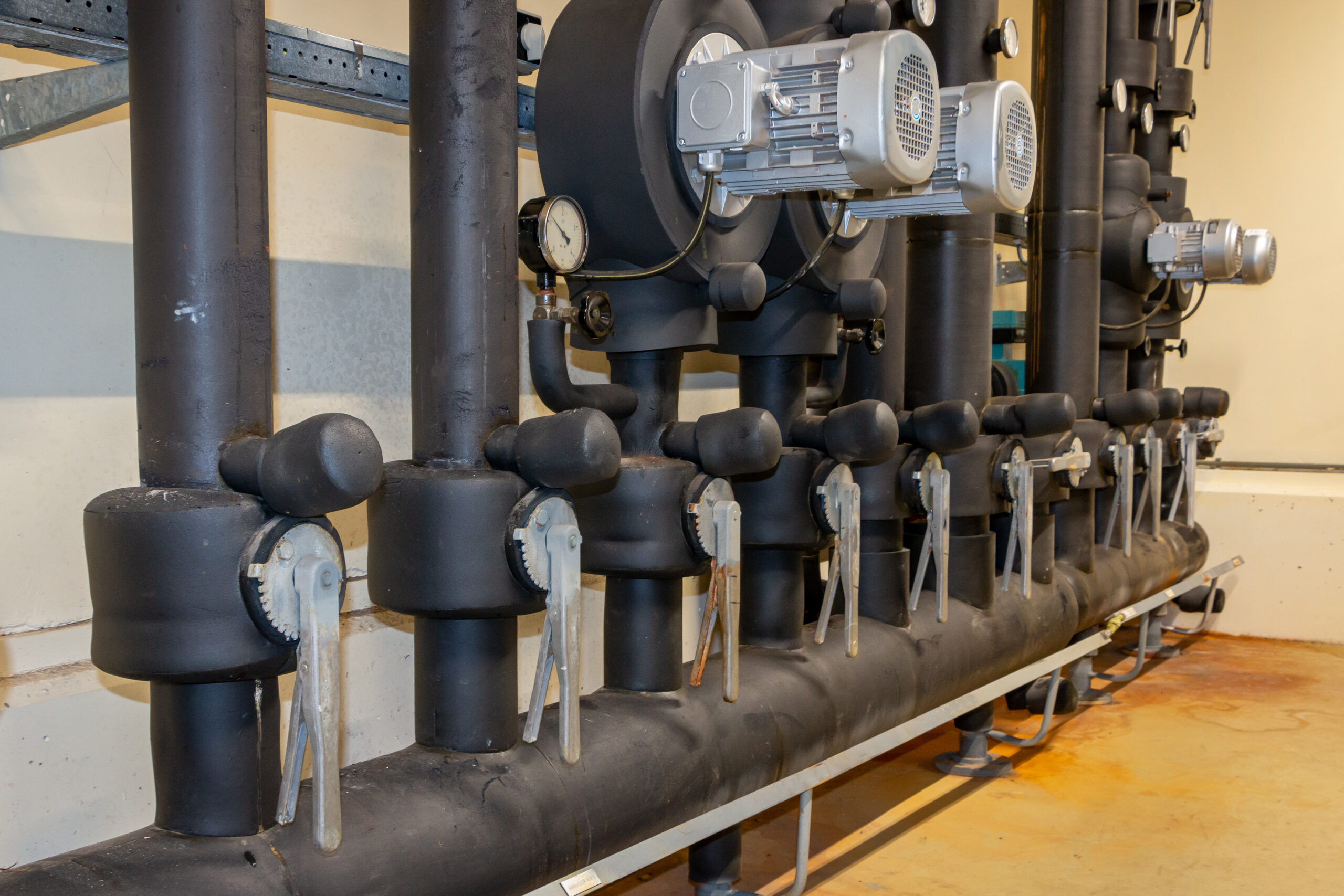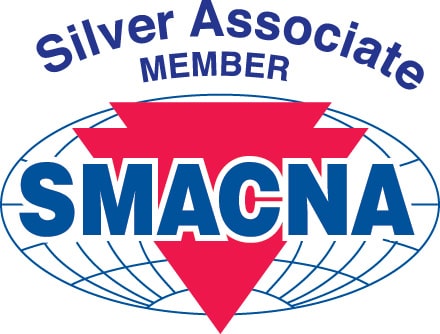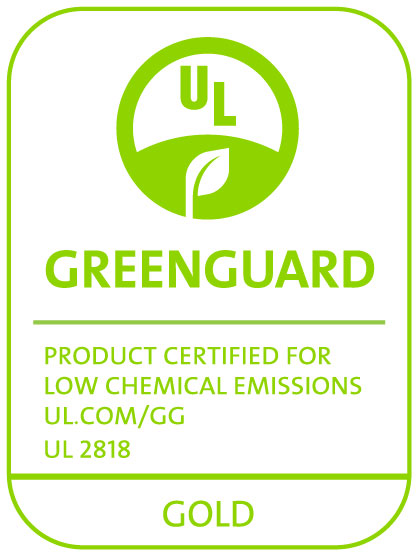
Through past industry energy audits, it’s been proven that mechanical insulation delivers a typical return on investment (ROI) to building owners within 6 months. However, the National Insulation Association (NIA) estimates that 10%-30% of mechanical insulation is damaged or missing on the piping, ductwork, and equipment where it was installed.
Damaged or missing insulation will extend the ROI and open up building mechanical systems to performance inefficiencies and system damage such as energy loss, condensation build-up, icing, corrosion under insulation, and the potential for eventual system failure and costly shut-downs.
HVAC refrigerant line insulation, also known as line insulation, is designed to last the life of the mechanical system that it insulates, provided that it is installed properly and consistently maintained. Unfortunately, the perfect insulation specification and installation cannot overcome the operating inefficiencies of damaged and missing HVAC refrigerant pipe insulation.
Although there are many types of HVAC refrigerant line insulation to choose from, each offering its own strengths, closed-cell elastomeric foam insulation is a go-to for insulating HVAC refrigerant piping for the following reasons:
- Closed-cell structure does not allow moisture to wick through the insulation like open-cell fibrous insulation on below-ambient (cold) lines
- A built-in vapor barrier (skin) repels condensation
- No supplemental vapor retarder (jacket) required for most applications
- Low thermal conductivity (thermal-k value)
- Fiber-free
- Low-VOC
- Flexible (less breakage than rigid insulation)
- Fabrication-friendly over pipe fittings and equipment
- Easy to repair, remove and replace
Closed-cell elastomeric pipe insulation, such as Aeroflex USA’s Aeroflex® EPDM HVAC refrigerant pipe insulation, is relatively easy to maintain and repair.
For routine maintenance, non-acidic cleaners are recommended to remove dust & dirt from the insulation surface. Keeping any insulation surface clean prevents organic food sources, such as dust & dirt, from facilitating mold growth on the insulation surface with the introduction of moisture. For stubborn stains, denatured alcohol is a proven problem solver.
When the skin or outer surface of Aeroflex line insulation gets nicked, it can easily be repaired by gluing both inside seams together with Aeroseal or Aeroseal LVOC Adhesives.
If a section of Aeroflex HVAC refrigerant pipe insulation must be replaced, it can be cut out with a non-serrated insulation knife and replaced with a new piece of Aeroflex and gluing the adjoining edges with Aeroseal or Aeroseal LVOC Adhesives under compression. Compression fits are achieved by adding ¼” to all measurements.
Aeroflex adhesives not only bond the repair area together but also provide a vapor seal to prevent moisture from penetrating beneath the insulation and potentially corroding the metallic pipe surface. Adding zero-perm Protape over all glued seams is recommended to serve as an additional level of vapor barrier protection over repair areas.
To learn more about Aeroflex USA’s Aeroflex HVAC refrigerant line insulation, please visit https://aeroflexusa.com/hvac-equipment-insulation.
Source: National Insulation Association – https://insulation.org/io/











